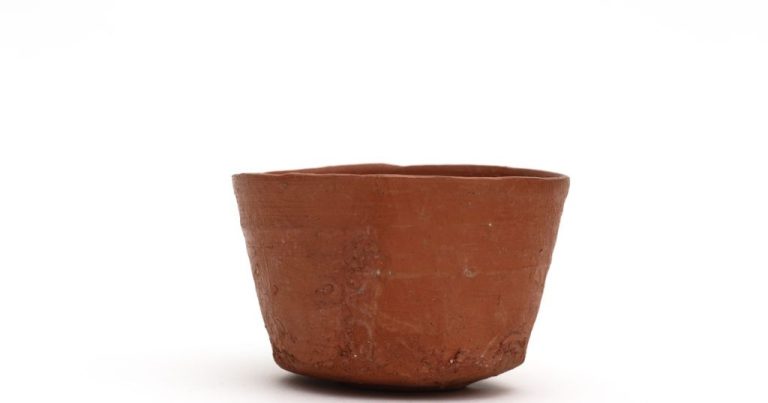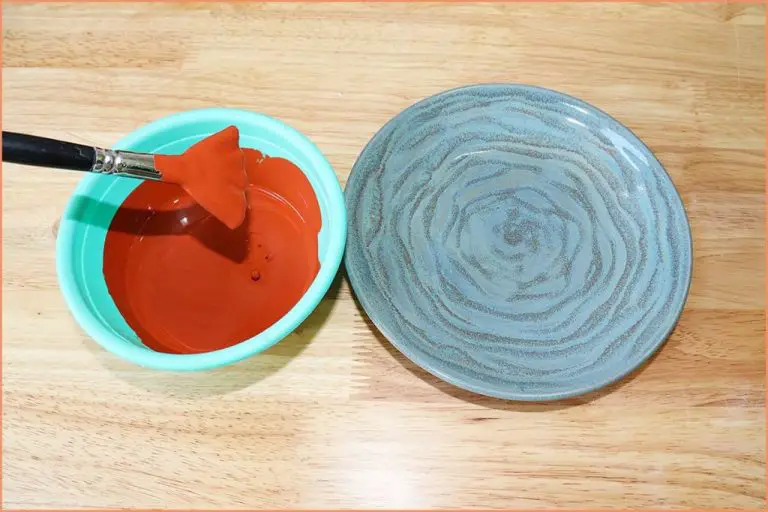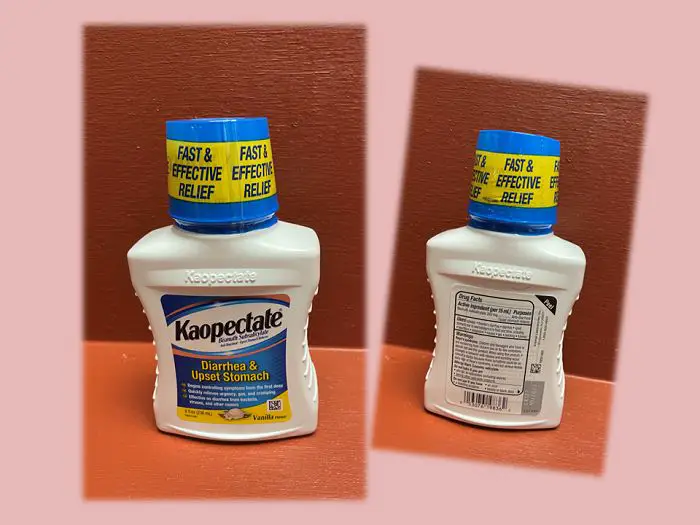What Can I Use To Waterproof Clay?
Clay is a versatile material used by artists, crafters, and designers for sculpting, pottery, jewelry making, and more. While beautiful creations can be made with clay, most clay is porous and will absorb water if left unprotected. This article will cover different options for waterproofing clay to help your clay art, crafts, or designs withstand the elements and last over time.
Applying a waterproof sealer is important for preserving clay items that will be used outdoors or exposed to moisture. Indoor pieces also benefit from waterproofing, preventing damage if they come into contact with water. Water can cause clay to become soft, fragile, or even to break apart entirely. Properly sealing clay gives peace of mind that your time, effort, and creation will not be lost to water damage.
Types of Clay
There are four main types of clay used for pottery and sculpture:
- Earthenware – Includes red and terracotta clay. Lower firing temperature. Porous and brittle.
- Stoneware – Includes grey clay and ball clay. Higher firing temperature. Less porous and more durable than earthenware.
- Porcelain – Made with kaolin clay. Very high firing temperature. Non-porous and highly durable.
- Modelling Clay – Includes oil-based and polymer clays. Air-dry or oven bake clay. Flexible when moist, hardens when dry.
These different types of clay require specialized glazes, slips, and firing techniques. Choosing the right clay depends on factors like the final sculpture strength needs, texture, intended firing process, colors, etc.
Why Waterproof Clay
There are several benefits to waterproofing clay projects before putting them into use. The main reasons are:
Prevent Damage from Moisture – Clay is porous and will absorb water. This can cause clay sculptures, pottery, and other artworks to become misshapen, crack, or deteriorate over time when exposed to moisture. Properly sealing clay makes it water-resistant and helps preserve the shape and structural integrity of clay projects.
Allow Outdoor Use – Waterproofed clay items can be used outdoors, even in wet conditions, and won’t degrade. Things like planters, garden sculptures, and outdoor decor pieces made of clay need waterproofing for longevity outside.
Enable Use with Food/Drink – Making clay containers, dinnerware, mugs, and bowls food-safe requires a waterproof sealant. Unsealed clay can leach minerals and materials into foods or drinks. Waterproofing enables functional use of clay kitchen/dining pieces.
Protect Painted Finishes – Any clay project with painted, stained, or dyed surfaces needs to be sealed to prevent the colors from being washed away or damaged by moisture over time.
Taking the time to properly waterproof clay gives artworks and functional items made from clay much longer usable lifespans. It helps protect the structural integrity and aesthetic qualities of clay projects when exposed to wet conditions.
Sealers
Sealers are a popular option for waterproofing clay. The two main types of sealers used are acrylic and polyurethane.
Acrylic sealers are water-based and non-toxic, making them a good choice if you want an eco-friendly waterproofing option. They soak into the surface of the clay and seal the pores to prevent water absorption. Acrylic sealers are affordable, easy to apply with a brush or spray bottle, and dry quickly. They provide good protection against water, but may need reapplying every couple of years as they can wear away over time.
Polyurethane sealers provide a high-gloss protective coat that is more durable than acrylics. Polyurethane is a plastic resin that cures into a hard, plastic-like finish. This makes it very effective at sealing in moisture and providing long-term waterproofing. Polyurethane sealers are more toxic than acrylics and require proper ventilation when applying. They can be brushed or sprayed on, and may require 2-3 coats to fully seal the clay. Polyurethane sealers provide excellent moisture protection, but the finish can yellow over time if exposed to sunlight.
Waxes
Waxes are commonly used to waterproof clay. The two main types of wax for waterproofing are paraffin wax and beeswax.
Paraffin wax is a petroleum-based wax made from refining crude oil. It has a low melting point which makes it easy to melt and apply to clay. Paraffin wax provides good water resistance while allowing the clay to retain some permeability so it can still “breathe.” It leaves a smooth finish and will not alter the color of the clay significantly.
Beeswax is a natural wax produced by honey bees. It has a higher melting point than paraffin so it can be more difficult to apply. However, beeswax is non-toxic and provides better water resistance compared to paraffin. It leaves a slightly textured finish and has a light yellow/brown tint. Beeswax will darken and enrich the natural color of clay.
Both paraffin and beeswax work well as waterproofing sealers for clay. Paraffin may be easier to use, while beeswax provides better protection. The choice depends on the specific project needs.
Varnishes
Varnish is a common option for waterproofing clay. It creates a protective coating that seals the clay surface. When choosing a varnish, opt for one formulated for clay and ceramics specifically. Products like ceramic varnish, epoxy resin or polyurethane work well. Apply multiple thin layers of varnish, allowing each coat to fully dry in between. Too thick of a coating can lead to cracking or peeling. Use a brush to evenly spread the varnish over the entire clay surface. Make sure to get into crevices and edges. Let the varnish cure fully, which can take upwards of a week, before exposing the clay to water. Over time, varnish may need to be reapplied as it wears down. Properly applied varnish will waterproof clay while also enhancing the look with a sleek glossy finish.
Oils
When it comes to waterproofing clay, some of the best options are food-safe oils. Oils create a protective barrier that repels water while allowing the clay to remain flexible. Some good choices include:
- Mineral Oil – Mineral oil is commonly used in cutting boards and kitchen tools. It penetrates deep into the clay for water resistance.
- Beeswax – Beeswax can be combined with mineral oil in a 1:2 ratio. The beeswax helps the oil solidify slightly for extra protection.
- Walnut Oil – Walnut oil is edible and provides a natural wood-like look. It leaves a matte finish.
- Coconut Oil – Coconut oil soaks in well and leaves a shiny finish. It may go rancid over time.
- Olive Oil – Olive oil gives off a Mediterranean vibe. Use extra virgin for the best results.
Avoid vegetable, canola, or other plant-based oils. They can turn rancid quickly. Also avoid motor oils or other petroleum-based oils. Stick with food-safe options to waterproof clay safely.
Resins
An effective option for waterproofing clay is to use resins. The two main types of resins that can be used are epoxy resin and polyester resin.
Epoxy resin is made up of an epoxide resin that is mixed with a polyamine hardener. When these components mix, a chemical reaction occurs causing the resin to harden. Epoxy resin forms a plastic-like coating that is water resistant. It can be brushed or poured directly onto the clay surface.
Polyester resin is made up of polyester polymers dissolved in styrene. It comes in two parts – a catalyst and a resin. When combined, the resin cures into a hard coating. Polyester resin is commonly used with fiberglass to create waterproof composites. It can also be used on its own to seal and coat clay.
Both epoxy and polyester resins will fully cure and harden on clay to create a smooth, durable and waterproof barrier. They are available in craft stores and generally easy to apply. The main drawback is they give off fumes as they cure, so working in a well-ventilated area is recommended.
Testing Clay Waterproofing
Once you have applied a waterproofing agent to your clay artwork or project, it is important to test that it is effective before exposing it to water. Here are some best practices for testing clay waterproofing:
Do a spot test. Apply a few drops of water to a small, inconspicuous area that has been treated with the waterproofing agent. Let it sit for a minute and see if the water beads up on the surface or if it soaks in. This will give you an initial indication if the sealant is working.
Submerge a clay sample. For a more thorough test, make a small sample piece using the same clay and waterproofing as your actual artwork. Fully submerge the sample in water overnight. Take it out and examine it – if the clay kept its shape and did not soften, crack, or lose its paint, the waterproofing appears to be effective.
Consider multiple tests. Test the waterproofing in different ways – let water drip on it, spray it with water, and fully submerge part of it. Testing with both room temperature and cold water can reveal if there are weaknesses in the waterproofing at different temperatures.
Check test over time. Perform an initial test, let the clay dry thoroughly, then test again. Repeating this over several days or weeks can uncover if there are weaknesses in the waterproof sealant over time.
Taking the time to properly test and verify waterproofing on a clay project gives confidence that the finish will hold up when the clay gets wet during use or display. Thorough testing helps catch any flaws so they can be addressed before the clay artwork is completed.
Conclusion
Waterproofing clay is an important step before using clay in outdoor settings or applications where exposure to moisture is likely. Unprotected clay is porous and water-soluble, so sealing it is key.
The main methods for waterproofing clay discussed here included using wax, varnish, oil, resin or specialty sealers formulated for ceramics and sculpture. Each method has pros and cons to consider in terms of appearance, durability, toxicity and cost. Testing any waterproofing method before fully applying it is highly recommended.
When applied properly, a waterproofing agent can allow clay art and sculptures to withstand the elements outdoors. Indoors, sealing also helps prevent damage to clay items from accidental water exposure. With the right waterproofing, clay creations can become lasting, cherished objects.



